nVidia GeForce 7800 GT – Reference Card Review
nVidia GeForce 7800 GT – Reference Card
nVidia has closely followed the launch of the 7800 GTX with the 7800 GT. And it's got a sure fire winner on its hands.
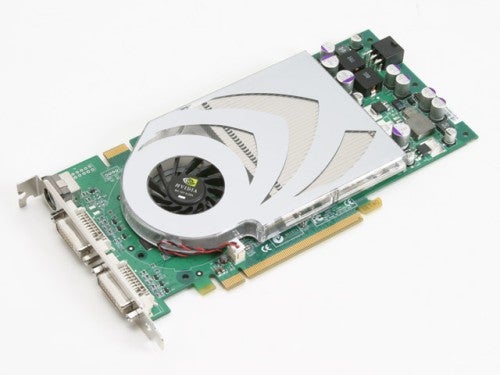
Verdict
Key Specifications
- Review Price: £299.00
Well boys and girl, nVidia’s done it again. Less than a month and a half after the launch of the GeForce 7800GTX today sees the release of its ‘little’ brother – the GeForce 7800 GT. As with the 6800 GT this is likely to be a big hit for nVidia, offering much of the power of the 7800 GTX at a lower cost.

But whereas the 6800 GT was, bar clock speeds, the same as the Ultra, the 7800 GT does have some architectural differences to the GTX. The major one is that the GT has 20 pixel pipelines, rather than the 24 of the GTX and seven vertex shaders instead of eight. Clock speeds have been reduced too, with the core running at 400MHz compared to 430MHz for the GTX and the memory at 1,000MHz compared to 1,200MHz. That said the two retail GTX boards we’ve looked at from XFX and AOpen were both running at 450/1250MHz for core and memory so it’s not unreasonable to expect many retail GT boards to also offer a ‘free’ boost.
Aside from this the GT is the same as the GTX, based on the same 0.11 micron process. Fully present and correct is full support for Shader Model 3, High Dynamic Range and SLI – the trio that nVidia’s marketing people like to refer to as ‘the Power of Three’. Right…
In terms of line-up the 7800GT appears to be equivalent to the 6800 vanilla, which likewise offered reduced pipelines (12 instead of 16). This means that the GTX is occupying the same space at the 6800GT did leaving space for an ‘Ultra’ type card to be released above the GTX, presumably when nVidia feels that the time is right. We can also predict that nVidia will produce 16-pipeline versions of the 7800 series when it becomes more economical to do so than producing the 16-pipeline 6800 series. These would certainly be faster than the 16-pipeline 6800 cards due to the architectural improvements that nVidia has made with the 7800 series, so it would be faster performance at a lower cost – good news for consumers. That said, this is all speculation at this juncture. 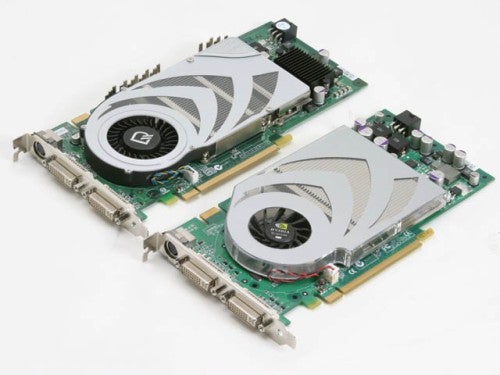
What is hard fact though is that the 7800GT is here, and from the scores it’s clear that nVidia has a winner on its hands. As you can see from the picture the PCB itself on the reference GT itself is actually shorter than that of the GTX. With the reduction of the pipelines the power requirements have dropped so that only a 300W PSU is required compared to 350W for the GTX. The heatsink on the reference card has been tweaked and there’s no heatsink needed over the power regulator. A power connector still needs to be plugged in to the back of the cards, dual DVI is present and VIVO is supported too.
As pipelines are laid out in quads the fact that four are disabled and that one vertex shader is missing strongly hints that the GTs are in fact attempted GTX cards that haven’t make the grade. Speaking to a contact at nVidia we confirmed that this is the case. We saw this for ourselves when we installed RivaTuner, which duly recognised the four disabled pipelines and the single disabled vertex shader. The next move, clearly, was to try and enable them, which we did, but when we ran a benchmark the score had not changed indicating that the pipelines and vertex shader are disabled for the reason that they simply don’t work – so don’t get your hopes up in that regard.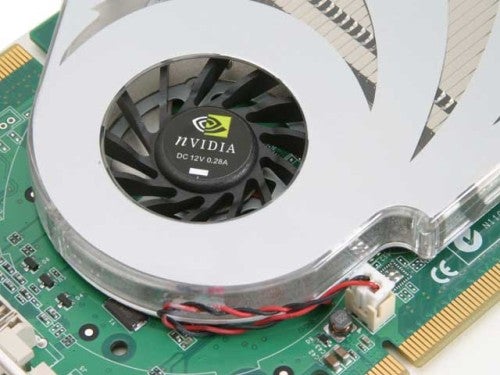
Then again, this card still has more pipelines and more power than any other card, save for the 7800 GTX and, of course, is fully SLI capable.
Pricing wise you’ll find the GT cards starting at £299 with more for overclocked cards and big bundle boxes ”’(Update -prices have already dropped below £299 within the first hour)”’. nVidia also confirmed that in response to the launch of the 7800 GT, the GeForce 6800 GT would drop to £210 – with online prices again likely to be lower than this. As for the 6800 Ultra, this will pretty much fade away with not surprisingly no real interest. After all, there’s little point now that the 7800 is here.
The 7800 series certainly seems to have made a big impact, with Dell’s new XPS desktop now based around a pair of custom engineered 7800 GTX cards with an Intel CPU supporting nForce 4 chipset. With the previous XPS desktop based around ATI’s high end card of the time, the switch to nVidia by the world’s leading PC company has to be seen as a round winning double-whammy for the greens and a body blow to the reds.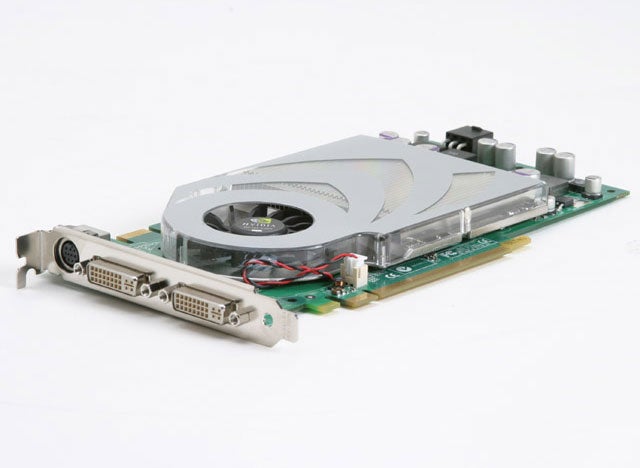
In the graphs we put the card up against the retail XFX card and the scores are in line with what you’d expect with no major surprises. We ran the tests using the latest drivers. Our test bed consists of an AMD Athlon FX-55, 2 x 512MB of Crucial Ballistix PC3200 and an MSI K8N Platinum SLI motherboard. Our current tests show that at 1,600 x 1,200 with 4x FSAA and 8x AF, the 7800 GT is very comfortable producing an average score of 53.3fps in Far Cry, 46.9fps in Doom 3 and 73.4fps in Half-Life 2.
To put this in perspective I took a look back at the last test we did of an ATI high end on a similar platform. This was of a GeCube Radeon X850 XT – not quite the pinnacle of the Platinum Edition but not far off. Admittedly the nForce 4 SLI motherboard used to test this was a different brand but it’s similar enough for a valid comparison. In Far Cry, Doom 3 and Half-Life 2, at 1,600 x 1,200 with 4x FSAA and 8x AF, the X850XT scored 51.4fps, 37.3fps and 61.6fps respectively. So while the 7800GT is definitely faster it’s not a total decimation of the ATI card. Of course nVidia can simply pull SLI out of the hat while we’re still drumming our fingers waiting patiently for R520 and CrossFire. On top of that the nVidia card offers full precision HDR and Shader Model 3 support. Yes, I’ve mentioned that Power of Three thing. Those nVidia marketing bods will be pleased.
The thing is a year ago this wouldn’t have mattered as much. There were no games with Shader Model 3 and HDR support but they’re now starting to creep up, with the Far Cry patch and Splinter Cell: Chaos Theory. The upcoming game F.E.A.R., (the demo of which is awesome), might also adopt Shader Model 3, as it’s recently switched from being an ATI ‘Get In the Game’ title to an nVidia ‘The Way It’s Meant to Be Played’ game. 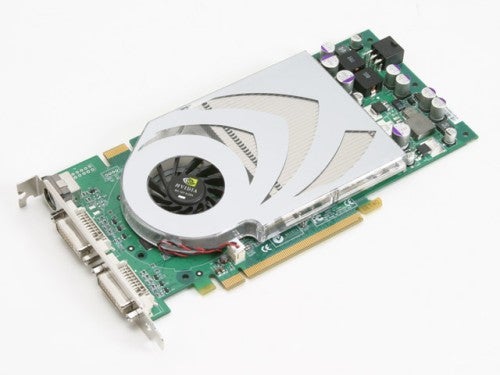
The real finishing move for nVidia though as far as ATI is concerned is that if you want to order a 7800GT card you can head over to an online retailer such as Scan and order the card straight away and possibly have one, or even two (lend us a fiver…) in your machine tomorrow. In fact Scan already has an overclocked 7800GT on sale for only £293.69, with a core speed of 450MHz! Of course we can expect Radeon cards to quickly drop in price, which is good news but then nVidia still has its 6800 series to match it. For ATI… that’s gotta hurt.
”’Verdict”’
There’s no doubt about it – the GeForce 7800 GT card delivers big time. It’s not far off the performance of the GTX with a saving of at least £50 or more. It’s obviously not a budget graphics card but if you’re after some high end graphics power, then this has got to be the card, or cards, to buy.
”’AMD Athlon FX-55 CPU”’
”’2 x 512MB of Crucial Ballistix PC3200 RAM”’
”’MSI K8N Platinum SLI motherboard”’
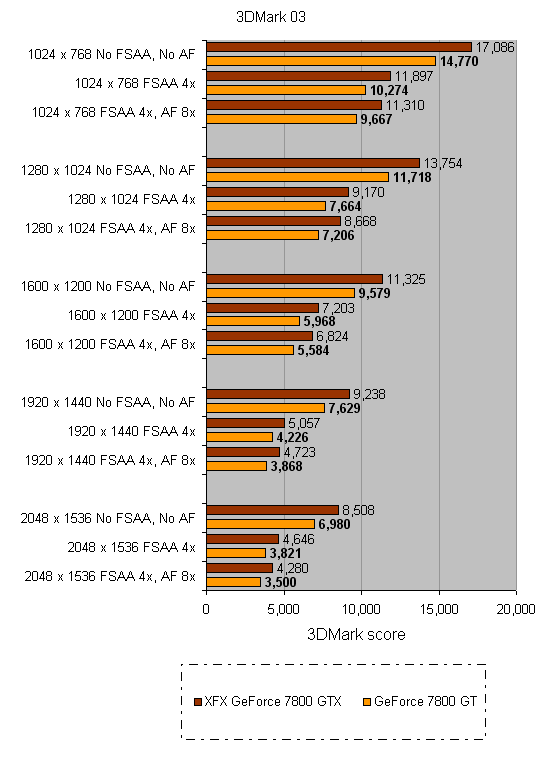
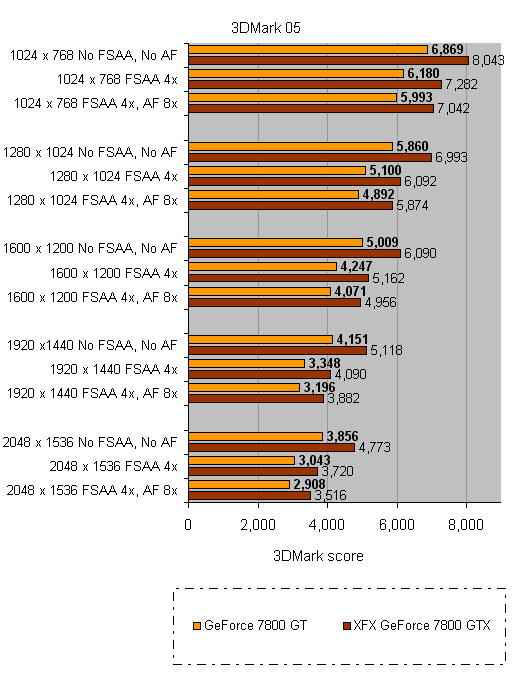
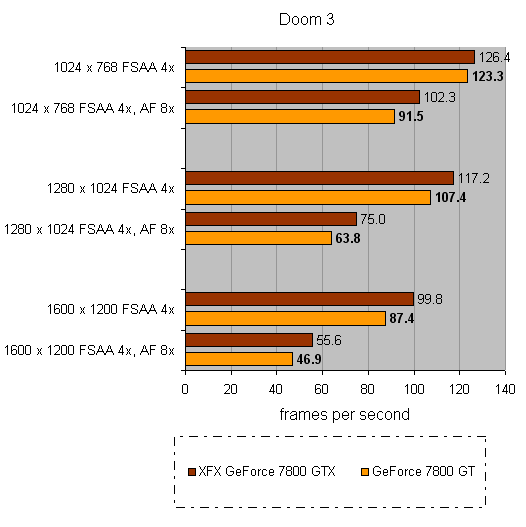
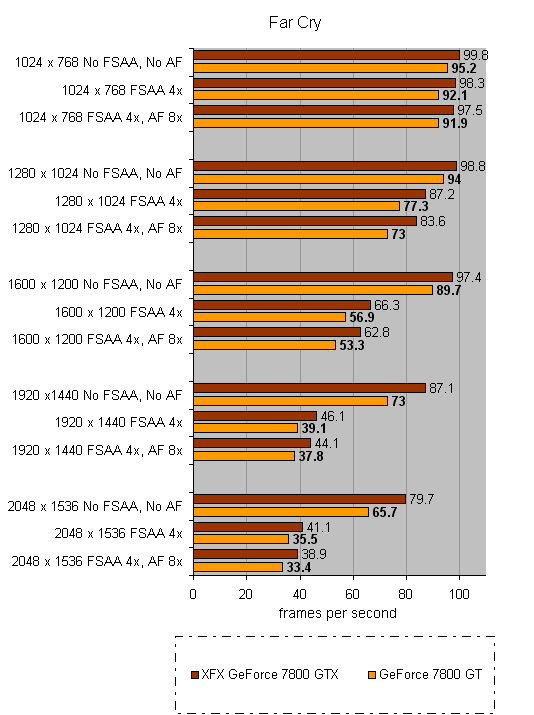
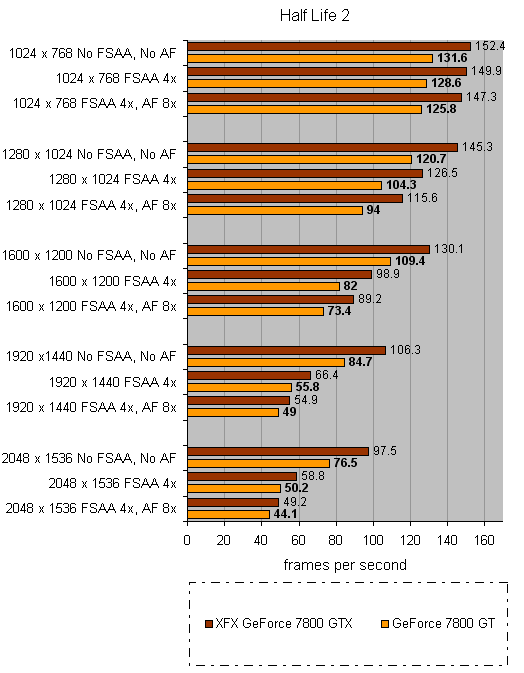
Trusted Score
Score in detail
-
Value 8
-
Features 9
-
Performance 9

